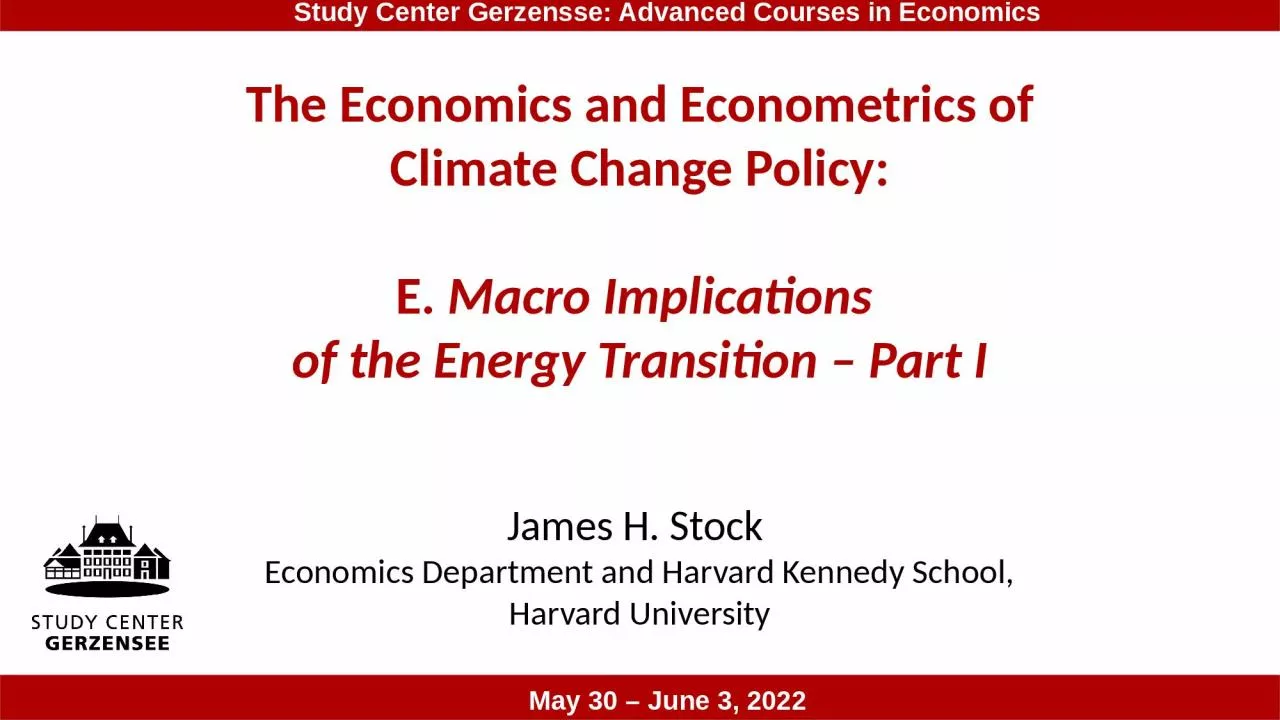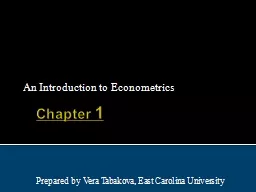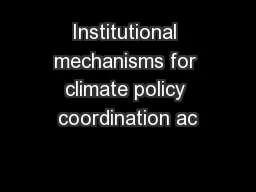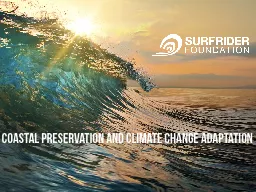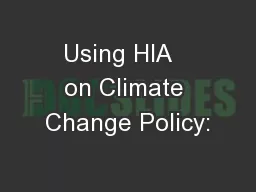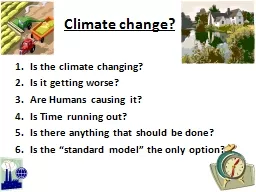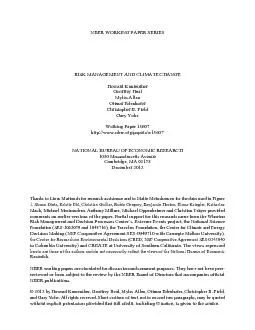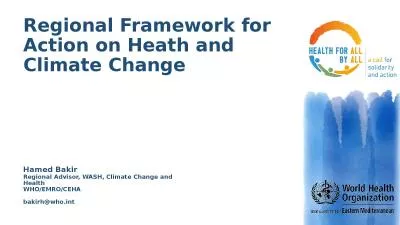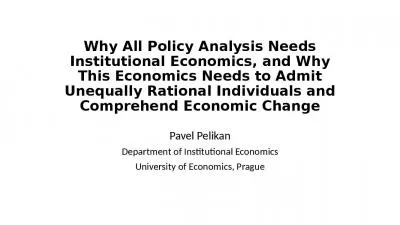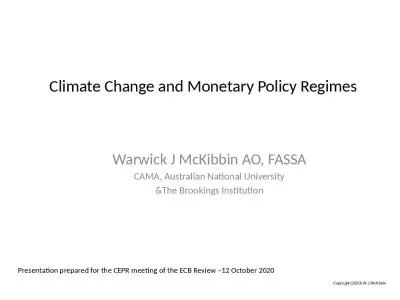PPT-The Economics and Econometrics of Climate Change Policy:
Author : ida | Published Date : 2023-11-03
E Macro Implications of the Energy Transition Part I James H Stock Economics Department and Harvard Kennedy School Harvard University Study Center Gerzensse
Presentation Embed Code
Download Presentation
Download Presentation The PPT/PDF document "The Economics and Econometrics of Climat..." is the property of its rightful owner. Permission is granted to download and print the materials on this website for personal, non-commercial use only, and to display it on your personal computer provided you do not modify the materials and that you retain all copyright notices contained in the materials. By downloading content from our website, you accept the terms of this agreement.
The Economics and Econometrics of Climate Change Policy:: Transcript
Download Rules Of Document
"The Economics and Econometrics of Climate Change Policy:"The content belongs to its owner. You may download and print it for personal use, without modification, and keep all copyright notices. By downloading, you agree to these terms.
Related Documents

